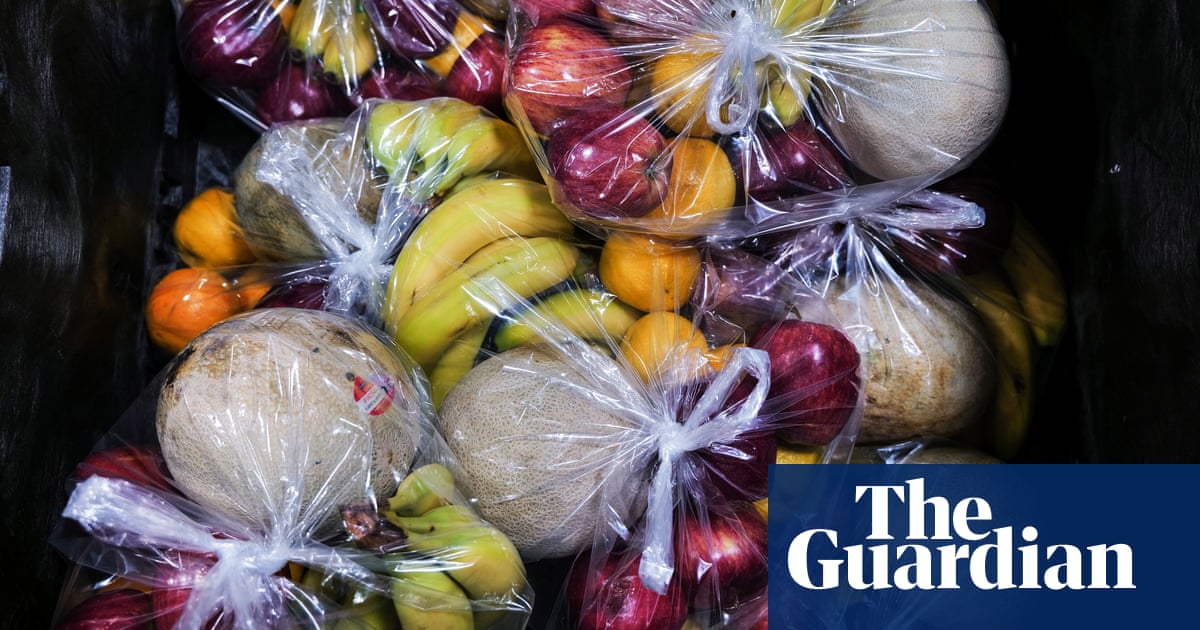Green Living Made Easy: Practical Tips from Jen Chillingsworth
Are you looking to make your lifestyle more eco-friendly but not sure where to start? Look no further than green living expert, Jen Chillingsworth. With her practical tips and easy-to-follow advice, you can begin your journey towards a more sustainable way of living today.
One of the key principles of green living is reducing waste. Jen Chillingsworth suggests starting with simple changes like using reusable bags when shopping or investing in a reusable water bottle. By making these small changes, you can greatly reduce your carbon footprint and help protect the environment.
In a recent interview, Chillingsworth emphasized the importance of incorporating sustainable practices into our daily lives. She stated, “Green living is not about making drastic changes overnight, but rather making small, consistent changes that add up over time.”
When it comes to household products, Chillingsworth recommends choosing eco-friendly options whenever possible. From cleaning supplies to personal care products, there are plenty of sustainable alternatives available on the market. By opting for these green alternatives, you can reduce your exposure to harmful chemicals and support companies that prioritize environmental responsibility.
In addition to household products, Chillingsworth also stresses the importance of reducing energy consumption. Simple changes like using energy-efficient light bulbs and turning off appliances when not in use can make a big difference in reducing your carbon footprint. By being mindful of your energy usage, you can lower your utility bills while also helping the planet.
For more practical tips on green living, be sure to check out Jen Chillingsworth’s book, “Green Living Made Easy.” In this comprehensive guide, she offers advice on everything from sustainable fashion to zero-waste living. With her expert guidance, you can make a positive impact on the environment without sacrificing convenience or style.
So what are you waiting for? Start incorporating these practical tips from Jen Chillingsworth into your daily routine and begin your journey towards a more sustainable lifestyle today. For more information on sustainable living, visit Planetary Citizens.
References:
– Jen Chillingsworth, “Green Living Made Easy: Practical Tips for Sustainable Living”
– Environmental expert, Dr. Jane Goodall, emphasizes the importance of green living in protecting the planet. Read more about her work here: https://planetarycitizens.org/sustainable-living.


